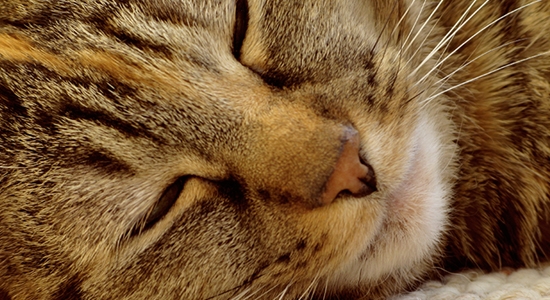Bacterial imbalance related to feline periodontal disease identified
 Most dogs and cats have some periodontal disease by the time they are three years old, according to the American Veterinary Dental College. But a new study hopes to change that, especially for cats.
Most dogs and cats have some periodontal disease by the time they are three years old, according to the American Veterinary Dental College. But a new study hopes to change that, especially for cats.
Researchers from the WALTHAM Centre for Pet Nutrition in the U.K. studied the bacterial composition associated with health, gingivitis, and mild periodontitis in cats to understand contributing factors, a first step in improving feline oral health.
The results were published Nov. 25 in PLOS|ONE.
Plaque samples collected from 92 cats with healthy gingiva, gingivitis, or mild periodontitis were analyzed using DNA sequencing and statistics. Healthy gingiva had an abundance of Porphyromonas along with Moraxella and Fusobacteria. In gingivitis and mild periodontitis, the Peptostreptococcaceae were the most abundant.
The researchers also noted that commonalties for intervention existed more in cats and dogs than in cats and humans.
Photo Credit: © iStock/Sylvia Schug



